Perched at the intersection of Venezuela, Brazil, and Guyana, Mount Roraima looks like something that shouldn’t exist on Earth.
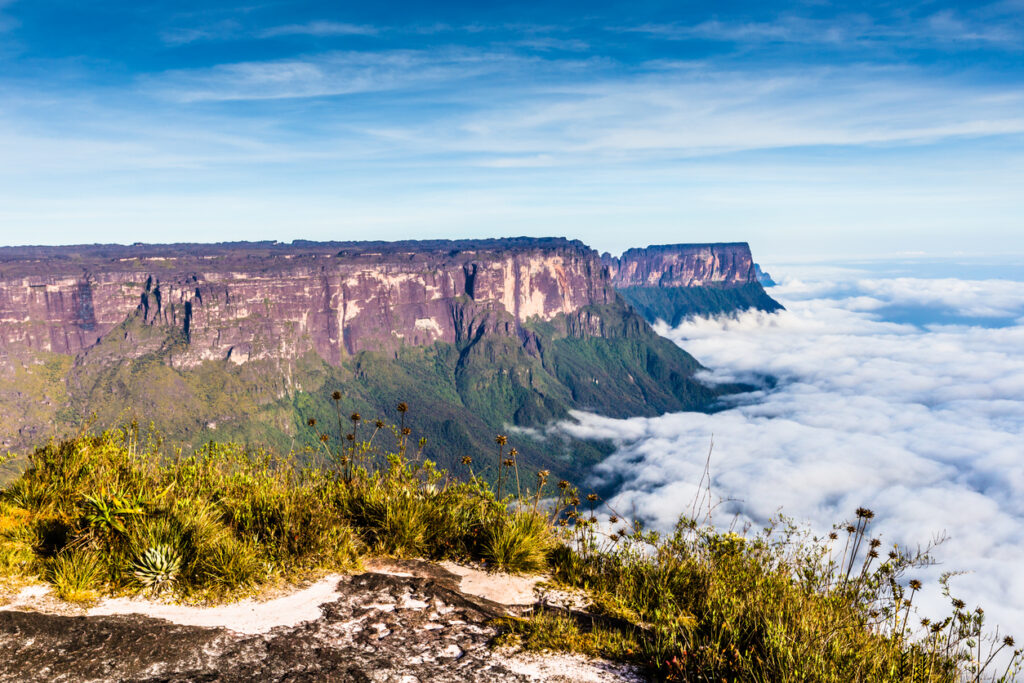
Its massive, flat-topped summit rises like a monolith from the jungle, its vertical cliffs so sheer they seem to slice the sky in half. Surrounded by mist and often hidden by clouds, it’s the kind of place that feels made for myths, which is exactly what it’s inspired for centuries. From ancient legends to Pixar’s “Up,” Roraima’s strange isolation has fascinated everyone from scientists to storytellers, and it’s still holding on to secrets we haven’t quite cracked.
1. It really is a “lost world” in every sense.

Roraima isn’t just dramatic to look at—it’s geologically ancient, thought to be over two billion years old. Because of its isolation and sheer cliffs, the plateau at the top evolved like an island in the sky. Many of the plants and animals found up there exist nowhere else on Earth, making it a real-life version of the fictional “Lost World” from Arthur Conan Doyle’s 1912 novel, which directly inspired the plateau scenes in “Up.”
This unique ecosystem developed separately from the jungle below, and researchers are still discovering new species tucked into its wet, windswept corners. It’s not just hard to get to—it’s hard to fully comprehend.
2. The landscape is so strange it barely looks real.
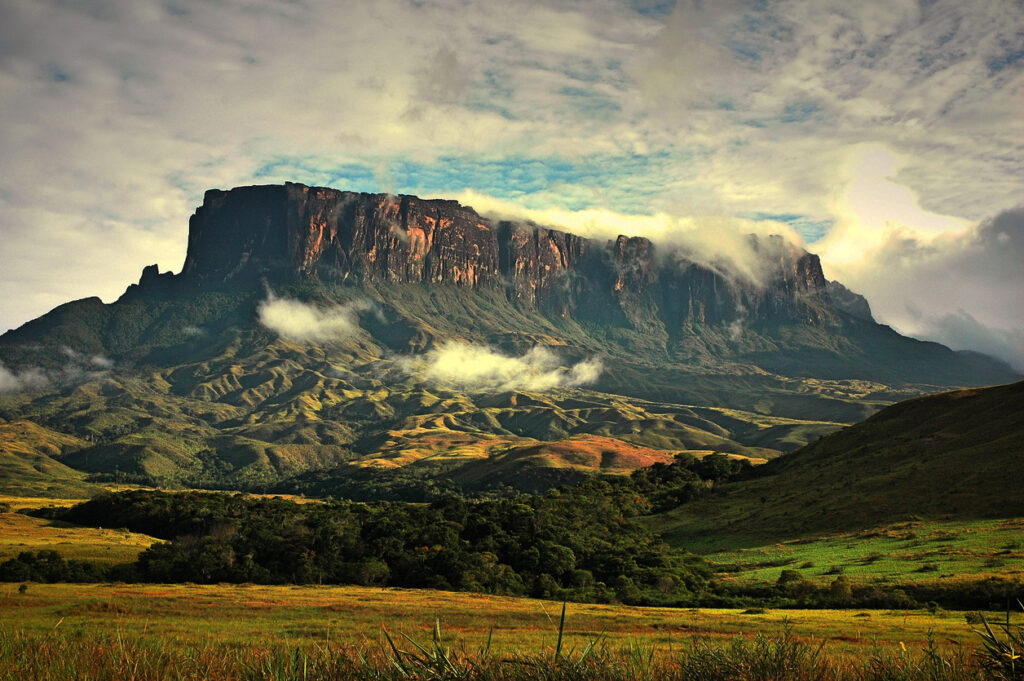
The summit of Mount Roraima stretches nearly 30 square kilometres and is filled with weather-carved rock formations that look more like sculptures than anything natural. Pools of black water, sunken valleys, sudden cliffs, and jagged stone towers give the whole place a surreal quality, as if it belongs in another world entirely.
Some of these formations resemble giant mushrooms, animals, or abstract shapes. There’s even a massive stone that looks uncannily like a turtle. For visitors, the place can feel oddly quiet and disorienting, like nature hit the pause button thousands of years ago and left everything frozen in time.
3. Indigenous stories long pre-date explorers.
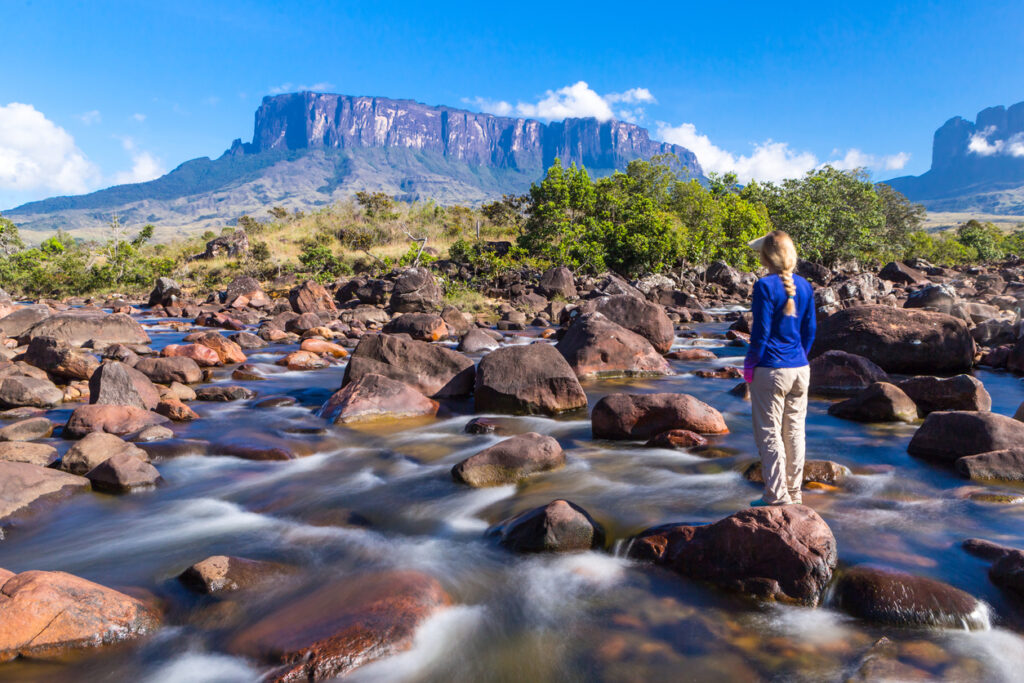
Long before Victorian explorers started romanticising it, Mount Roraima held deep spiritual meaning for Indigenous groups like the Pemon and Kapon. To them, the mountain was a sacred site—a remnant of a fallen tree that once connected heaven and Earth, or the resting place of gods and ancestors.
These stories speak to the mountain’s otherworldly presence. It doesn’t just rise from the jungle—it seems to hover above it, like a place where the rules of nature are slightly different. To the people who’ve lived near it for generations, it was always more than a rock—it was a being.
4. Getting to the top is still no small feat.
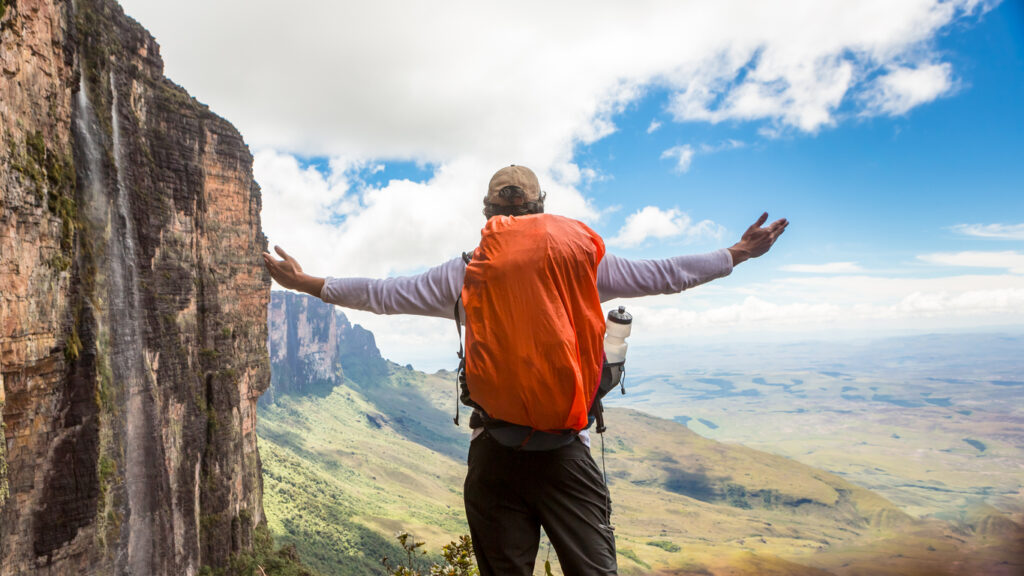
Despite being well known and frequently visited by adventurous hikers, reaching the summit of Roraima is no walk in the park. Most treks start in Venezuela and take several days through thick rainforest, rivers, and rocky slopes. The final stretch involves climbing up a natural “ramp” formed by erosion—a steep, slippery ascent that challenges even seasoned hikers.
Once at the top, weather conditions are unpredictable and harsh. It’s often cold, windy, and drenched in fog or rain, with temperatures plummeting at night. The reward? A view over clouds, a glimpse of prehistoric-looking terrain, and the overwhelming feeling that you’ve stepped into a different timeline entirely.
5. It’s a biological goldmine scientists are still exploring.
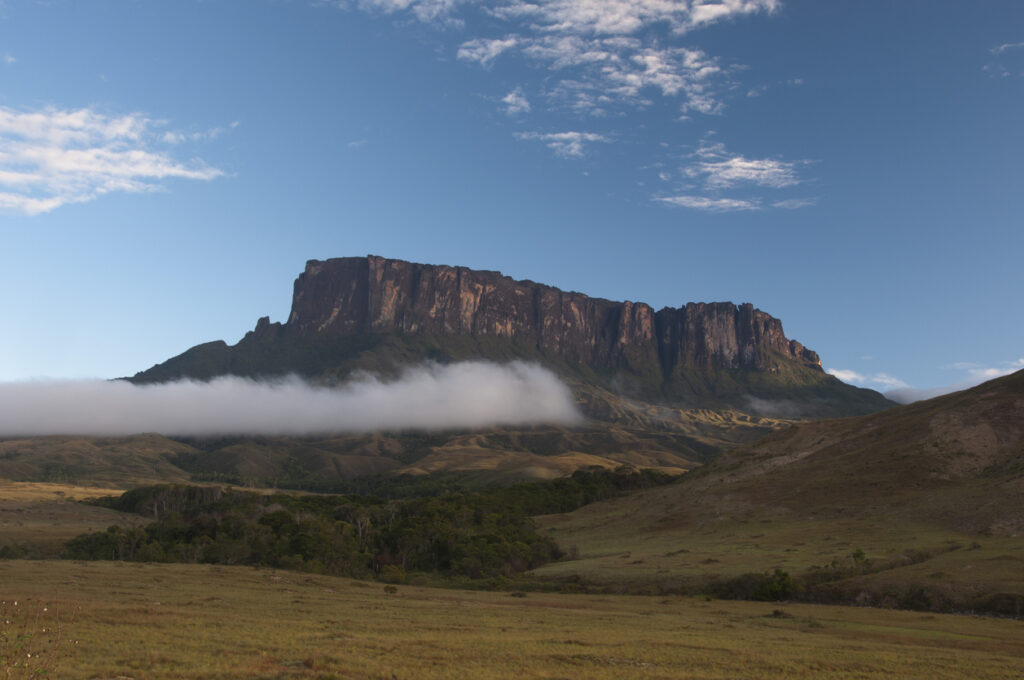
The unique microclimate of Roraima’s summit has allowed rare and sometimes bizarre species to evolve. Carnivorous plants that trap insects, frogs that curl into balls instead of hopping, and mosses that only grow in this specific environment—it’s all up there, largely undisturbed by the outside world.
Because of its remoteness, many parts of the summit haven’t been fully studied. New species are still being discovered during every major expedition. It’s not just a landscape—it’s a live laboratory of evolutionary quirks and survival tricks.
6. It’s a source of constant geological fascination.
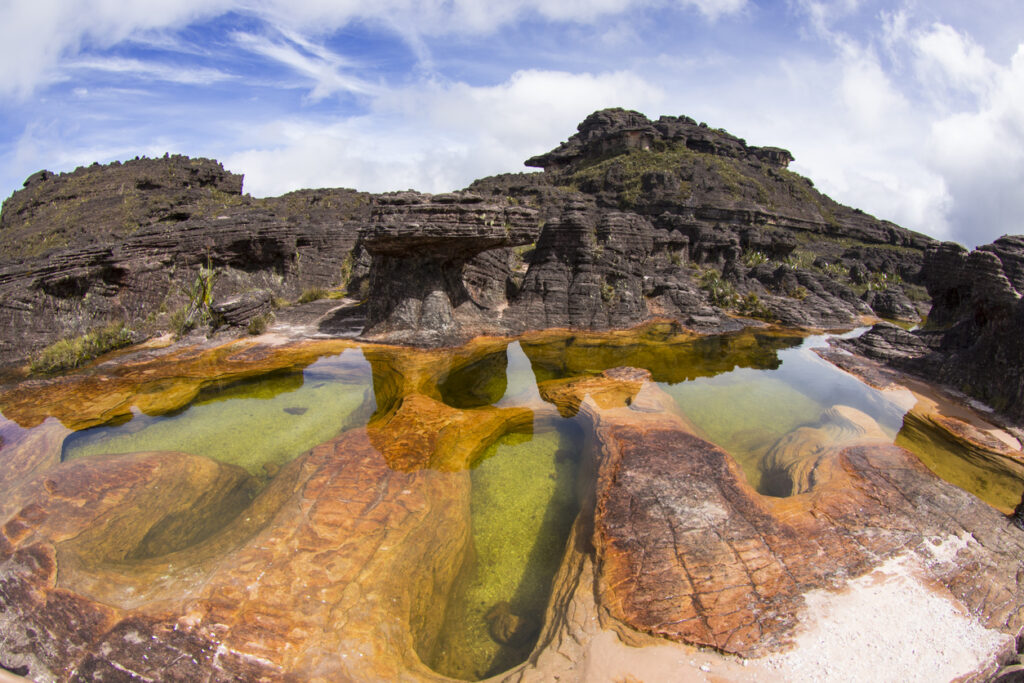
Mount Roraima belongs to a group of tabletop mountains known as “tepuis,” which formed from some of the oldest exposed rock on the planet. The sandstone cliffs have been eroding for hundreds of millions of years, creating dramatic valleys and isolated rock pools on the summit.
Geologists are particularly intrigued by how these ancient surfaces have resisted weathering in such a dramatic climate. Studying them could reveal clues about early Earth conditions, and even what alien terrains might be like on other planets.
7. Roraima’s weather helps keep it isolated.
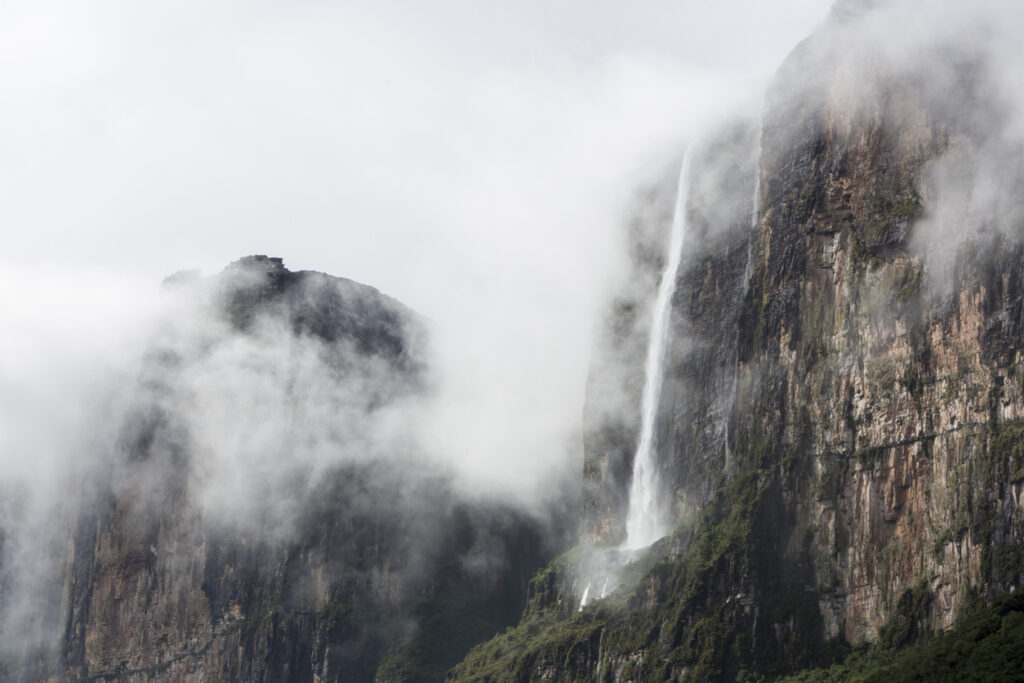
It rains almost every day at the summit, and thick fog often rolls in without warning. This damp, unpredictable weather not only shapes the strange rock formations but also helps keep the mountaintop cut off from the world below. It creates a kind of built-in barrier that protects the ecosystem from mass tourism or casual human impact.
In a strange way, the weather acts like a guardian, preserving the mountain’s secrets by making them just difficult enough to reach.
8. It’s quietly disappearing underfoot.
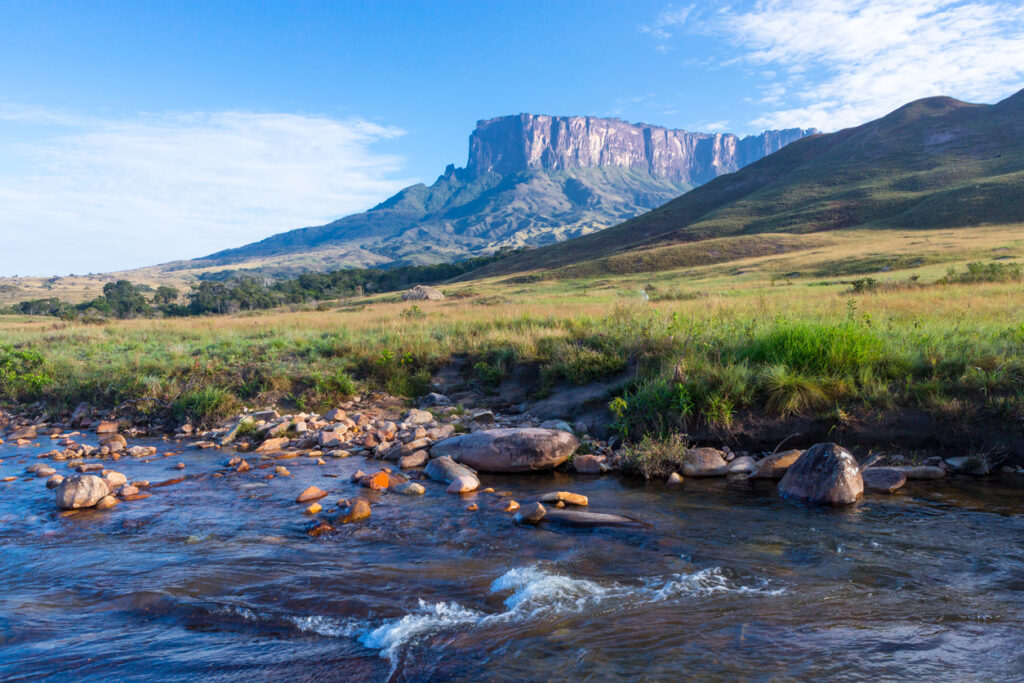
While Mount Roraima feels timeless, it’s slowly being worn down. The constant rain, wind, and erosion are gradually eating away at the cliffs. Over millions of years, the summit will continue to shrink, its unique life forms potentially disappearing along with it. That’s one reason scientists are racing to document everything they can. It’s more than just curiosity. It’s about recording a vanishing world before it changes forever.
9. It reminds us just how little we really know.
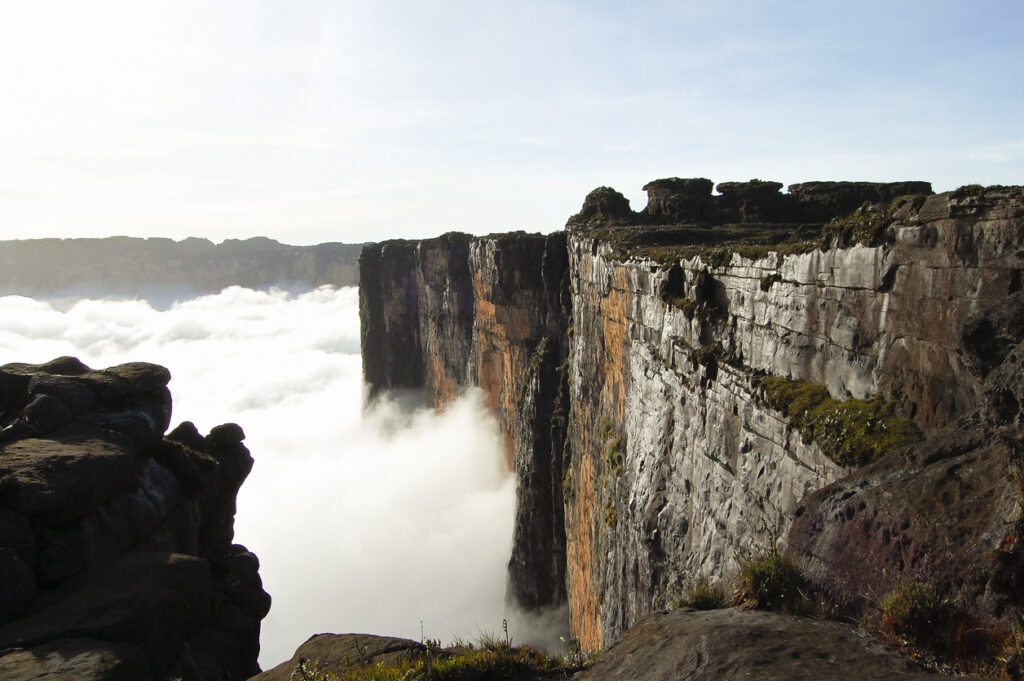
For all our technology and exploration, places like Roraima remind us that vast parts of our planet still operate outside our understanding. It’s easy to think of Earth as fully mapped and tamed, but then a mountaintop like this shows up and rewrites the rules.
Roraima doesn’t just look like a fantasy—it acts like one too. Strange biology, ancient rock, and weather that seems sentient—it has all the ingredients of a science fiction setting, except it’s real. That alone makes it worth paying attention to.